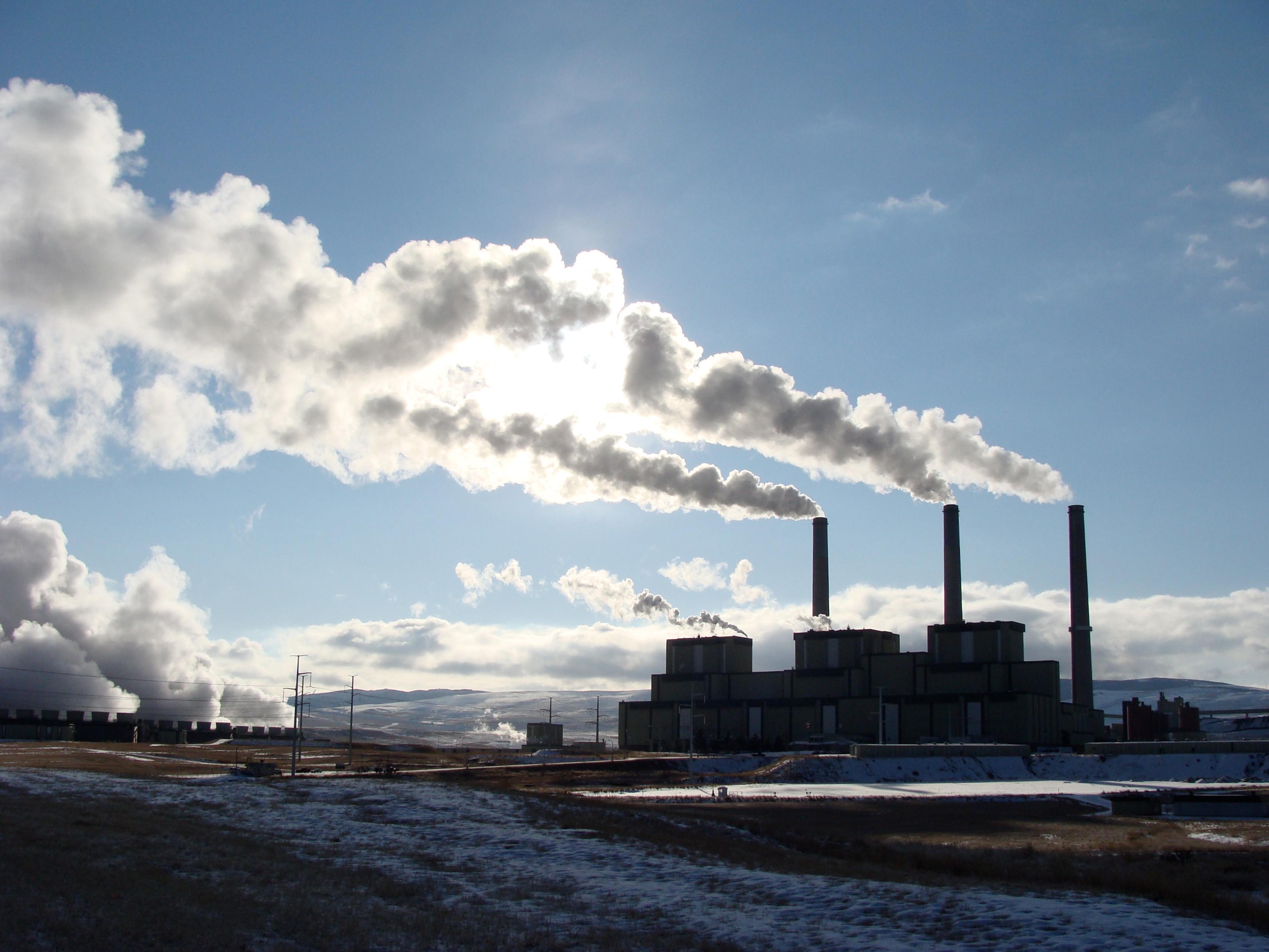

The Obama Administration took a big step Monday toward addressing climate change by proposing its Clean Power Plan, which spells out new regulations for existing coal-fired power plants and sets goals for each state to reduce emissions. Overall, federal government wants to reduce emissions by 32 percent over the next 15 years.
- Topic: Energy And Environment
- Craig, Beer And The Politics Of Colorado Coal
- State-By-State Fact Sheets (EPA)
What does this mean for Colorado?
The Environment Protection Agency gave each state its own target, and states get to decide how to meet an interim and final goal. When we look at Colorado's goal to reduce emissions it's really about stepping on the scale and shaving off weight: Colorado needs to go from 1970 pounds of carbon emissions for each megawatt hour to just under 1200 pounds in 2030.
That is less stringent compared to the goal released in 2014 draft plan, because the federal government incorporated feedback it received over the last year from state leaders and others. And Colorado will use different “building blocks” to meet the goal. Colorado Air Pollution Control Division director Will Allison told the Associated Press a few weeks ago that a number of options are being considered. They include improving insulation at existing coal plants, shifting generation to natural-gas combined plants, more renewable energy and conservation.
How do Colorado’s goals compare to other states?
Colorado is in the middle of pack in terms of goals, and Colorado well positioned: A renewable energy standard was passed by voters in 2004. And the Clean Air Clean Jobs law of 2010 started the transition of older coal fired power plants in Colorado to cleaner sources of energy. Xcel Energy, the largest utility in Colorado, is transitioning several different power plants across the state, and says it is on track to reduce its emissions to roughly 35 percent below 2005 levels by 2020.
What’s the reaction from state and business leaders?
The plan is 1,500 pages long, and people on all sides of the debate are still combing through it. But generally, environmental groups are happy with the plan. Kim Stevens, state director with Environment Colorado, a nonprofit advocacy group, says one of the things she really liked in the difference between draft and final plan was that the latter had more of a focus on renewable energy.

“To truly solve the problem, and avoid the worst impacts of climate change, we need to go above and beyond the targets set by the Clean Power Plan. And we need to utilize as much renewables and efficiency as possible,” she said.
Colorado’s coal industry has been shrinking in recent years — production already at a 20 year low — and Dianna Orf of the Colorado Mining Association says the plan injects more uncertainty into coal mining industry.
"The uncertainty has caused a reduction in the work force already and we expect that this will just exacerbate the problem,” she said.
Will costs be passed on to consumers?
It's too soon to tell. After the 2014 draft Clean Power Plan, the Colorado Mining Association predicted electricity rate hikes in the double digits. However, the non-partisan Energy Information Administration said that in the Rocky Mountain region we may see increases up to 7 percent. But there are differences between the draft and final versions of the plan, which means we have no definitive numbers right now.
What happens next?
We know that a number of governors pledged opposition to the plan before it was even made public. The Colorado Mining Association is not happy with plan; after last year’s draft was released last year it called for states to block the plan in the courts. That’s something Gov. John Hickenlooper has said he won’t do. The Colorado Department of Public Health and Environment is in charge of coming up with how it will meet the target goals set by EPA. A draft of the state plan is due in 2016.









